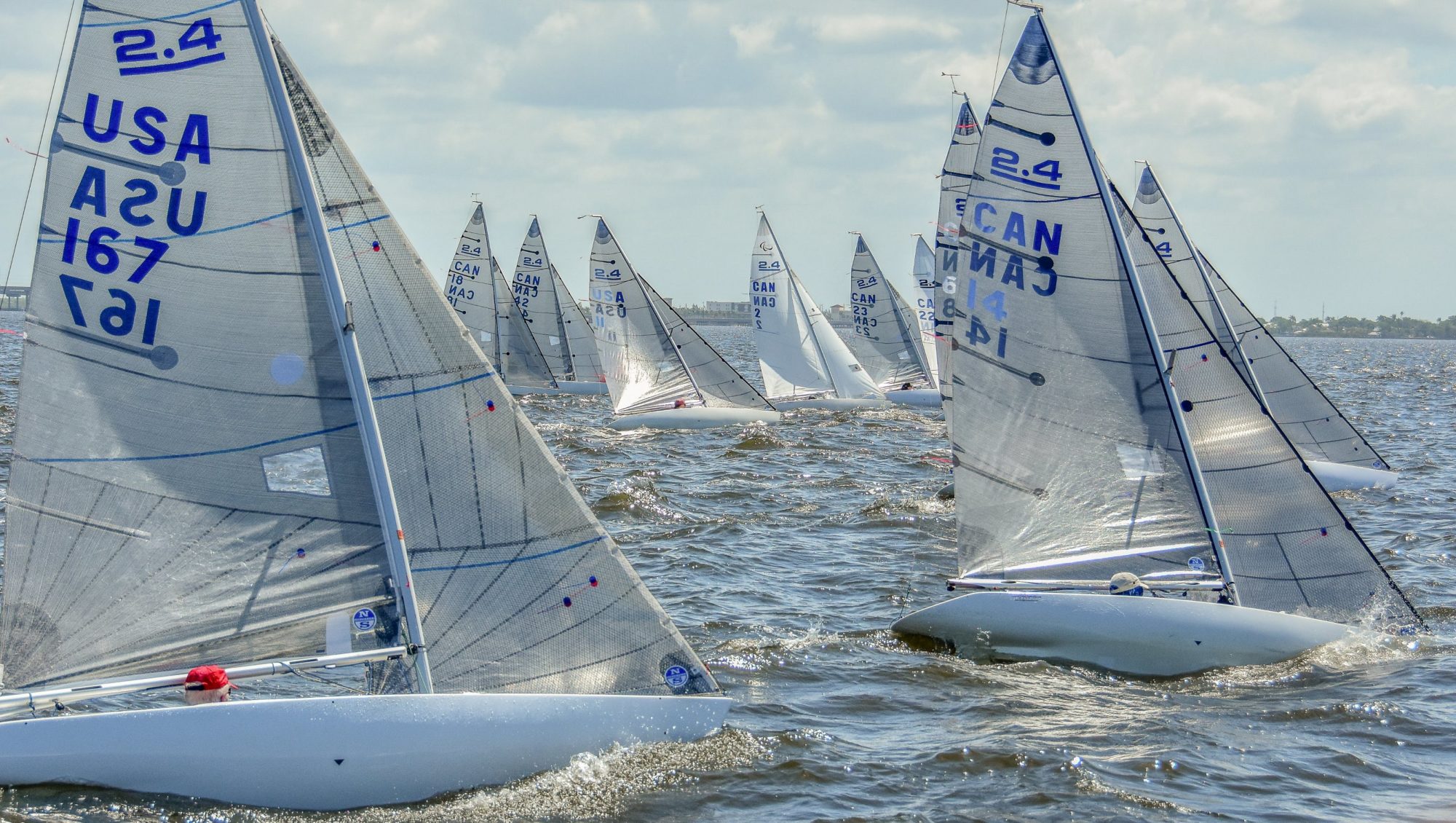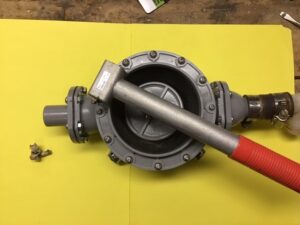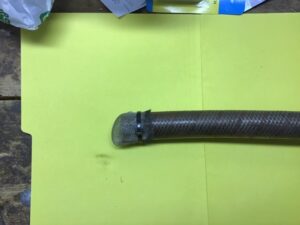Canadian News The ice went out on our lake March 31st, which is about two weeks earlier than normal. Hopefully, this is a hint that we will have an extended sailing season this year with the opportunity to do some travelling as we all get our vaccinations. Maybe the Canada US border will reopen so we can race with our fellow Americans.
Our membership renewals are going very well thanks to Brian Robinson, our new Class Secretary, Aaron Wong-Sing, our Treasurer, who did a great job revising our website-based membership renewal system, and to all the members who have renewed their membership for the 2021 – 2022 year. If you haven’t renewed your membership, please go to https://www.canada24mr.com/canadian-class-membership-2021/ and complete the membership registration. This year, we have reduced our Full membership fee from $50.00 to $40.00. We also have an Associate membership category for individuals who are not boat owners but are supporters of the Canadian 2.4mR Class, and an Organization membership for Provincial Sailing Associations, community groups and similar organizations who own one or more boats that their members use jointly.
Congratulations to Able Sail Newfoundland (Matt Debicki) who are now the owners of two 2.4mR Sailboats. They recently bought Paul Tingley’s Halifax 2.4 and Peter Eagar’s older 2.4 (I understand that Peter still owns his newer boat and will be getting the use of a new 2.4 for four years from the Clagett Regatta Foundation). With two boats in Newfoundland our class can claim to be one of the few classes which have boats right across the country. We have boats in all provinces except PEI. I think only the Optimist, Laser, Laser Radial and possibly the club 420 have wider distribution.
If you have recently sold your 2.4mR, we would appreciate you dropping a note to the class secretary at [at][dot] giving us information about the buyer including name, e-mail address, telephone number, hull number and sail number of the boat sold. If you are keeping your personal sail number because you own more than one boat, we will contact the new owner to issue them their own sail number. Of course, we would like to welcome the new owner into the class and provide them with information about regattas, etc. We also maintain a database, including current measurement and buoyancy certificate information on all known boats in Canada. We will amend the ownership information on file.
This is also a reminder that boats with Floatation Certificates dated 2016 or earlier must be re-tested in 2021 in accordance with Class Rule B4. In Victoria, please contact Bruce Millar, Chief Measurer, and in Toronto, contact David Foscarini. In other locations, please contact Bruce Millar to identify acceptable alternative measurers.
International News Congratulations to Bruce Millar for his successful election to the Executive Committee of the International Class. It was a hard-fought election and the various National Class Associations from around the world successfully supported Bruce’s commitment to the class. Also, congratulations to Tim Ripley of the United Sates who was re-acclaimed as class secretary for another year.
The International Class Association is currently without a President with the resignation of Steve Bullmore, however the remainder of the Executive Committee remains intact, so we will be awaiting whether or not there will be an election to fill this position.
Due to the continuing COVID 19 pandemic, the 2021 World Championship in Tonsberg Norway, August 7 – 14 has been cancelled. At this point it is not clear whether the international class will be moving to a virtual Annual General Meeting in lieu of the regular AGM normally held at the World Championships. The 2022 World Championships will be held at Davis Island YC, Tampa Florida November 5 – 12.
Stay healthy and get your vaccination so we can all sail together soon.
Peter Wood
CAN 14




